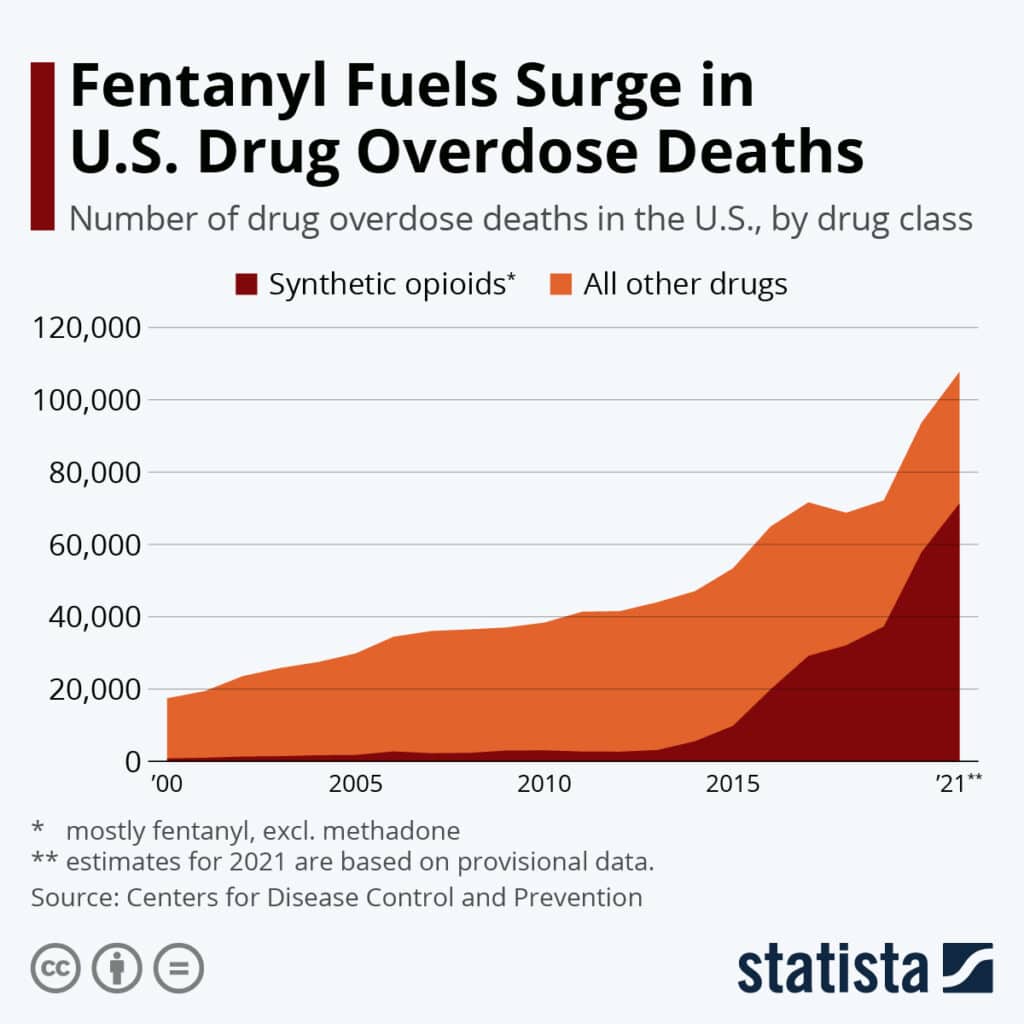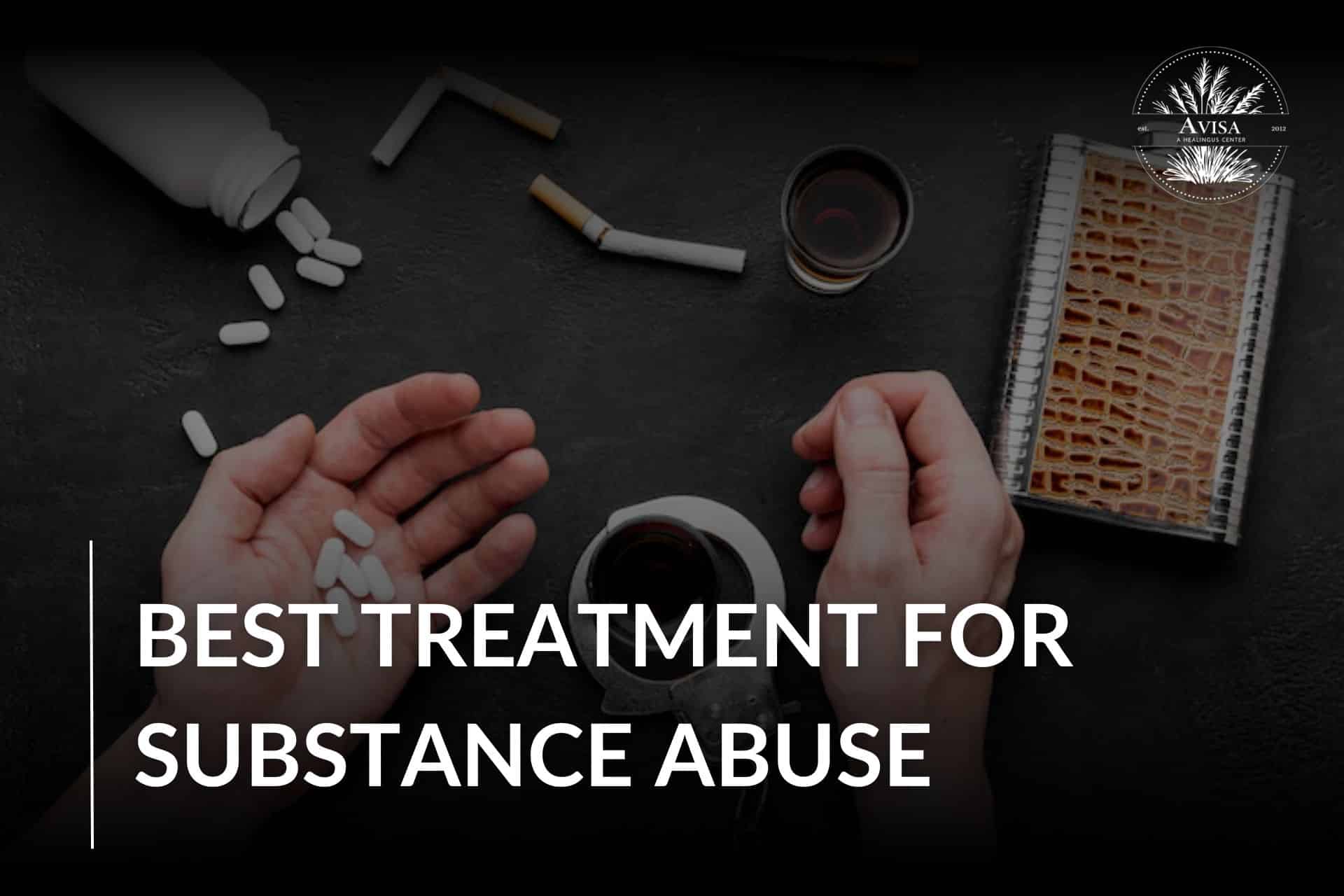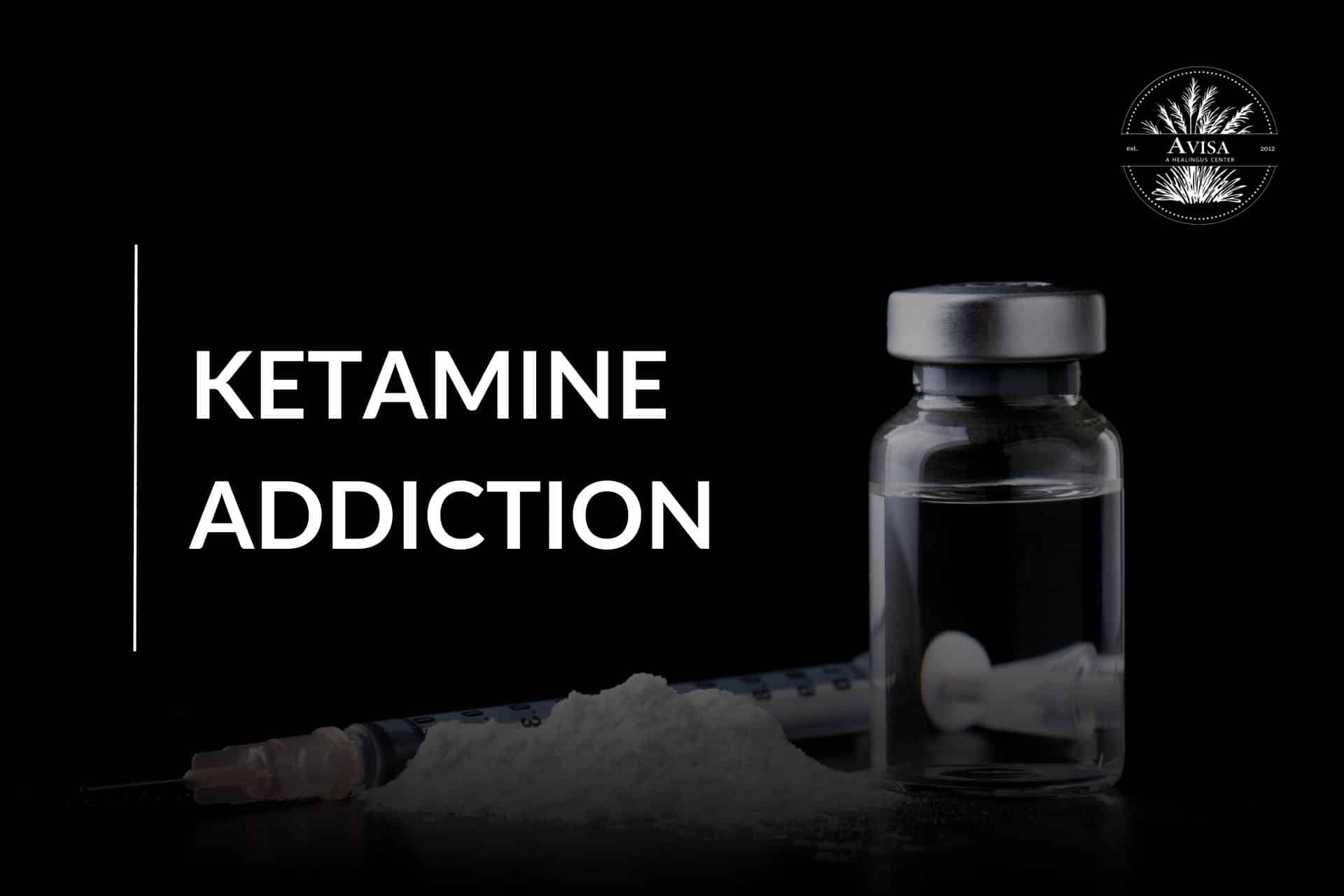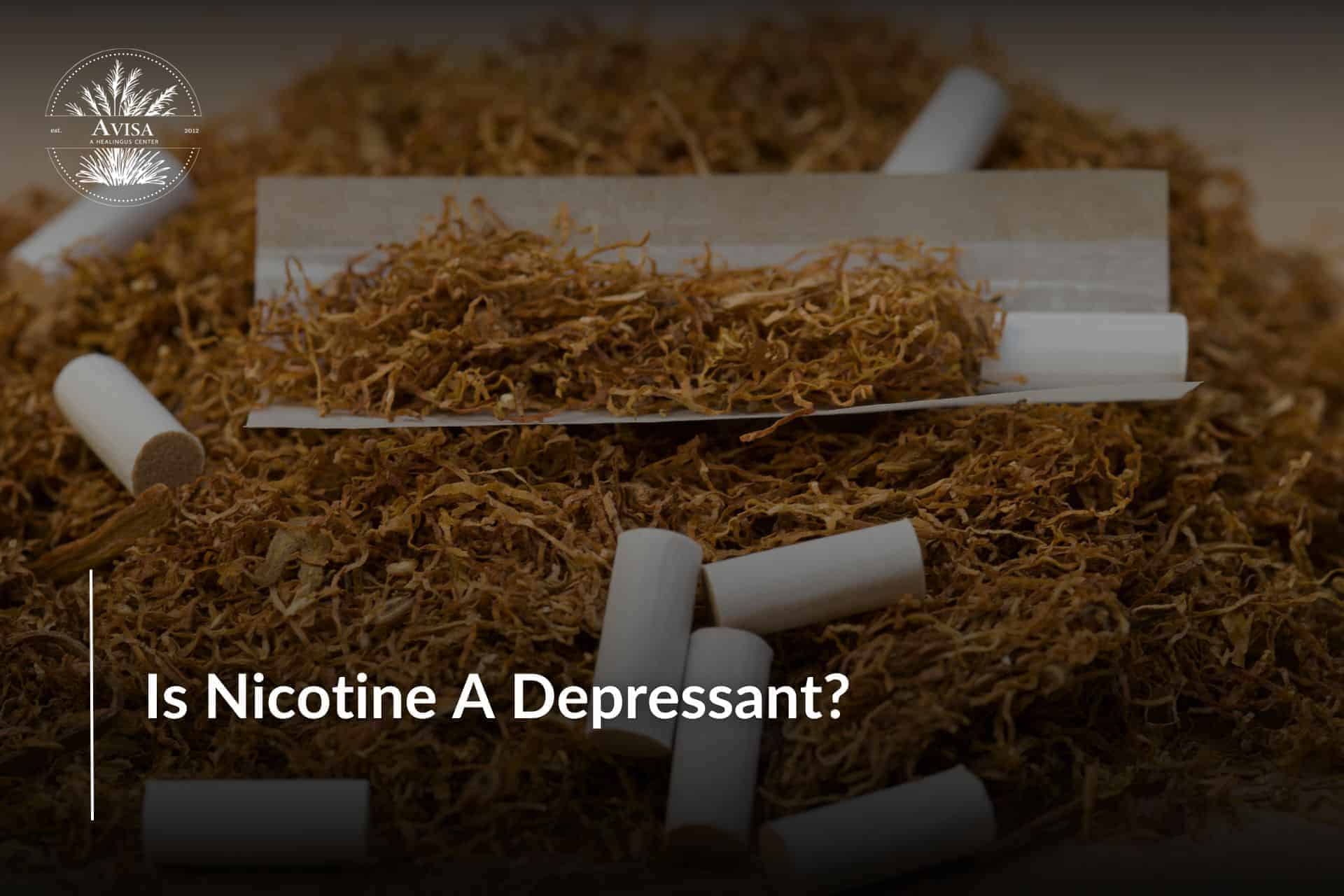The country has been hit by drug addiction, one of the major ones being fentanyl, which has left a path of destruction in its wake and hence raises the need for good fentanyl rehab centers.
Recent statistics show a dramatic increase in opioid-related fatalities, and communities are struggling to deal with the severe effects on families and society as a whole. The epidemic has no boundaries and affects thriving cities and small towns, necessitating immediate attention and all-encompassing solutions.
One potent enemy at the center of the opioid epidemic is fentanyl. This synthetic opioid has become a major player in the crisis due to its incredible potency, which greatly outpaces that of other medications in its class. Comprehending the subtleties of fentanyl is essential to appreciating the seriousness of the addiction situation and the difficulties it presents to those who are trying to recover.
The needs of addiction treatment programs are changing in tandem with the opioid crisis. Because of the quick onset of addiction and individuals struggling with severe withdrawal symptoms associated with fentanyl, treatment requires a specialized approach that goes beyond traditional methods of rehabilitation. While helpful in many situations, generic treatment models frequently fall short of fulfilling the unique needs of people who are entangled in the web of fentanyl addiction.
Understanding Fentanyl Addiction

Synthetic opioids like fentanyl have become a dangerous force in the drug abuse scene, greatly exacerbating the opioid crisis. Its unparalleled potency poses a serious threat to users and medical professionals alike, with estimates of its potency ranging from 50 to 100 times that of morphine.
Created for medical uses like pain relief, fentanyl has made its way into black markets and is contributing to the opioid crisis. This strong drug is often made secretly and mixed with other drugs to make a very dangerous mix that raises the chance of overdosing.
Fentanyl has an extremely high potential for addiction, and after only a few uses, users can become dependent on the drug. Its quick start and high intensity produce a potent euphoria, but on the other hand, it can cause a dangerous cycle of addiction that can have serious negative effects on the body and mind.
Fentanyl’s easy availability, cheap cost of production, and difficulty in distinguishing it from other substances are some of the factors that have led to the rise in fentanyl abuse. Users run a greater risk of overdosing and dying from fentanyl-laced drugs, which emphasizes how important it is to comprehend and address this particular aspect of the opioid crisis and work on developing necessary fentanyl rehab centers.
The Role of Fentanyl Rehab Centers
As of 2022, there were 48,698 Physical Therapy Rehabilitation Centers operating in the US, up 3.6% from the previous year. Fentanyl rehab facilities are essential for treating the multifaceted problems associated with fentanyl addiction because they provide specialized treatment and customized interventions to those who are abusing this powerful opioid. Their importance resides in offering a haven that acknowledges the particularities of fentanyl misuse and makes the road to recovery easier.
Fentanyl rehab centers use special plans to help with fentanyl addiction. These plans are created to help understand and treat the particular aspects of fentanyl addiction more effectively. To treat the psychological and physical aspects of dependence, these may involve a mix of counseling, holistic therapies, and medical interventions.
Since fentanyl addiction transcends the physical plane, these centers take a comprehensive approach. Programs frequently include recreational activities, dietary advice, and mental health support, promoting a holistic recovery path that extends beyond simple abstinence.
Rehab for fentanyl is essentially a lifeline for people navigating the perilous waters of fentanyl dependency, acting as rays of hope in the battle against addiction. In the fight against the devastation that fentanyl causes to people and communities, these facilities are vital allies because of their specialized therapies, compassionate care, and dedication to long-term recovery.
Current Challenges in Fentanyl Rehab
Over 150 people die every day from fentanyl overdose. Despite being crucial in combating the spike in fentanyl addiction, fentanyl rehab is beset by several issues that make treatment ineffective. These difficulties highlight the need for a multifaceted strategy in addressing the complexities of fentanyl addiction which range from societal perceptions to real-world obstacles.
- Lack of Awareness among individuals: A significant obstacle is the widespread ignorance and misperception regarding fentanyl addiction. Contrary to more well-known drugs, fentanyl’s special qualities and risks aren’t always well-known. Both the general public and, occasionally, even healthcare professionals are unaware of this. People addicted to fentanyl might face problems getting help on time. This can make it harder for them to receive the treatment they need quickly or on schedule.
- Fewer options to seek help: Addiction in general, including fentanyl addiction, is still plagued by stigma. The stigma attached to opioid use disorders and the increased concerns about the strength of fentanyl frequently deter people from getting treatment. It can be really hard to join treatment programs because people might worry about what others think of them, feel scared of being by themselves in social situations, and be afraid of getting in trouble with the law. It will take a dedicated effort to de-stigmatize addiction, educate communities, and create an atmosphere that motivates people to get the treatment they so desperately need to overcome these obstacles.
- Bounded availability of fentanyl rehab centers: One major obstacle in the treatment landscape is the lack of specialized fentanyl rehab programs. The particular difficulties presented by fentanyl addiction may be beyond the scope of many conventional rehabilitation facilities. Using the same plan for everyone might not be enough when dealing with fentanyl addiction. It might not quickly help those who are in urgent need. To help, we need more support and places made just for those fighting fentanyl addiction. These places should be designed to meet their specific needs.
Promoting Awareness for Fentanyl Rehab
Raising awareness about fentanyl rehabilitation is essential to our joint fight against the devastation caused by this powerful opioid. A focused awareness campaign can be a catalyst for change, encouraging people to seek help and society to adopt a more compassionate approach to addiction by busting myths and promoting understanding.
- Community Outreach and Education Programs: It is essential to involve communities in focused outreach and education efforts. Workshops, lectures, and informational sessions can offer insightful information about the risks associated with fentanyl, the symptoms of addiction, and the various treatment options. By working together with neighborhood healthcare facilities, schools, and community organizations, these programs can reach a wider audience and make sure that the people who need the information the most get it.
- Advocacy for Policy Changes: To combat the fentanyl epidemic, advocacy at the policy level is essential. This entails endorsing laws that improve treatment accessibility, de-stigmatize addiction, and give harm reduction tactics top priority. Individuals, groups, and medical professionals can help shape laws that enable a more humane and efficient response to fentanyl addiction by actively engaging in advocacy campaigns.
- Promoting Responsible Prescribing Practices: An awareness campaign’s mainstay is prevention. Promoting responsible prescribing behaviors among medical professionals aids in reducing the amount of fentanyl that enters communities. One way to lessen addiction and the need for rehab is by teaching people (patients and doctors) about how risky opioid drugs, like fentanyl, can be.
- Testimonials and Personal Stories: It’s important to recognize the impact that personal stories can have. One way to make the problem more relatable is by telling stories about people who beat fentanyl addiction and got better after going through rehab. Testimonials from individuals overcome stigma, give hope, and present relatable cases of recovery, encouraging others to bravely seek assistance.
- Media Campaigns and Digital Platforms: In the current era, it is crucial to utilize the reach of media and digital platforms. Documentaries, podcasts, and social media campaigns can reach a large audience by sharing information about fentanyl addiction and recovery. By carefully choosing how to use these platforms, one can promote empathy, dispel myths, and open up communication. It is very important for people who are struggling with fentanyl addiction.
FAQs: Fentanyl Rehab
1. How does fentanyl affect the brain?
Fentanyl functions by attaching to the body’s opioid receptors, which are located in parts of the brain that regulate pain and emotions, just like heroin, morphine, and other opioid medications do. Opioids cause the brain to become less sensitive to the drug after repeated use. This makes it difficult to experience pleasure from anything other than the drug. When someone develops an addiction, drug use and seeking take over their life. The effects of fentanyl include extreme joy, fatigue, nausea, bewilderment, and constipation, and issues with sedation unconscious breathing.
2. What is fentanyl used for?
Fentanyl is a type of strong painkiller that doctors approve for medical use. It’s mainly used to help ease really bad pain, often caused by advanced cancer. Compared to morphine, it has 50–100 times more potency. It can be used in the wrong way in the United States. It’s given as patches you put on your skin or as lozenges.
However, most of the harm, overdoses, and deaths related to fentanyl in the United States come from illegally made fentanyl. This thing is sold in secret places where people sell drugs because it acts a lot like heroin. Sometimes, they mix it with heroin and/or cocaine to make their happy feelings stronger, even without the person knowing about it.
3. Why is fentanyl dangerous?
Fentanyl pills made with really low-quality standards have different amounts of fentanyl in each one. This makes them super risky for fentanyl abuse. This variability can lead to very different outcomes depending on the pill taken (usually snorted or smoked, but sometimes taken orally): one pill may contain much more fentanyl and may even be lethal the next.
Conclusion
Fentanyl rehab stands out as a ray of hope in the never-ending fight against addiction. This provides hope for those caught in the powerful grip of this opioid. The exploration of the complexities surrounding fentanyl addiction, the obstacles encountered, and the potential solutions highlights the human spirit’s tenacity and the group’s resolve to address one of the most important problems of our day.
Fentanyl rehab is a comprehensive response to a crisis that requires attention, understanding, and action. This becomes clear when we consider the complexities outlined in this exploration. The obstacles are great, ranging from a lack of knowledge and enduring stigma to the dearth of specialized programs.
Our mission at Avisa is to treat mental health and substance use disorders with utmost care and efficacy. We also take into account their delicate and complex nature. This is to support people in achieving a long-term recovery and better quality of life. Our program is an evolving, linked community of clinical and medical experts that incorporates the most recent findings and evidence-based practices.
People in our program receive personalized treatment plans that use different types of therapy. Our comprehensive treatment approach takes into account the emotional, mental, physical, and spiritual needs of the patient to heal them as a whole. We think that everyone should have access to high-quality healthcare, so Avisa works tirelessly to identify and remove structural obstacles that keep underprivileged groups from receiving care.











